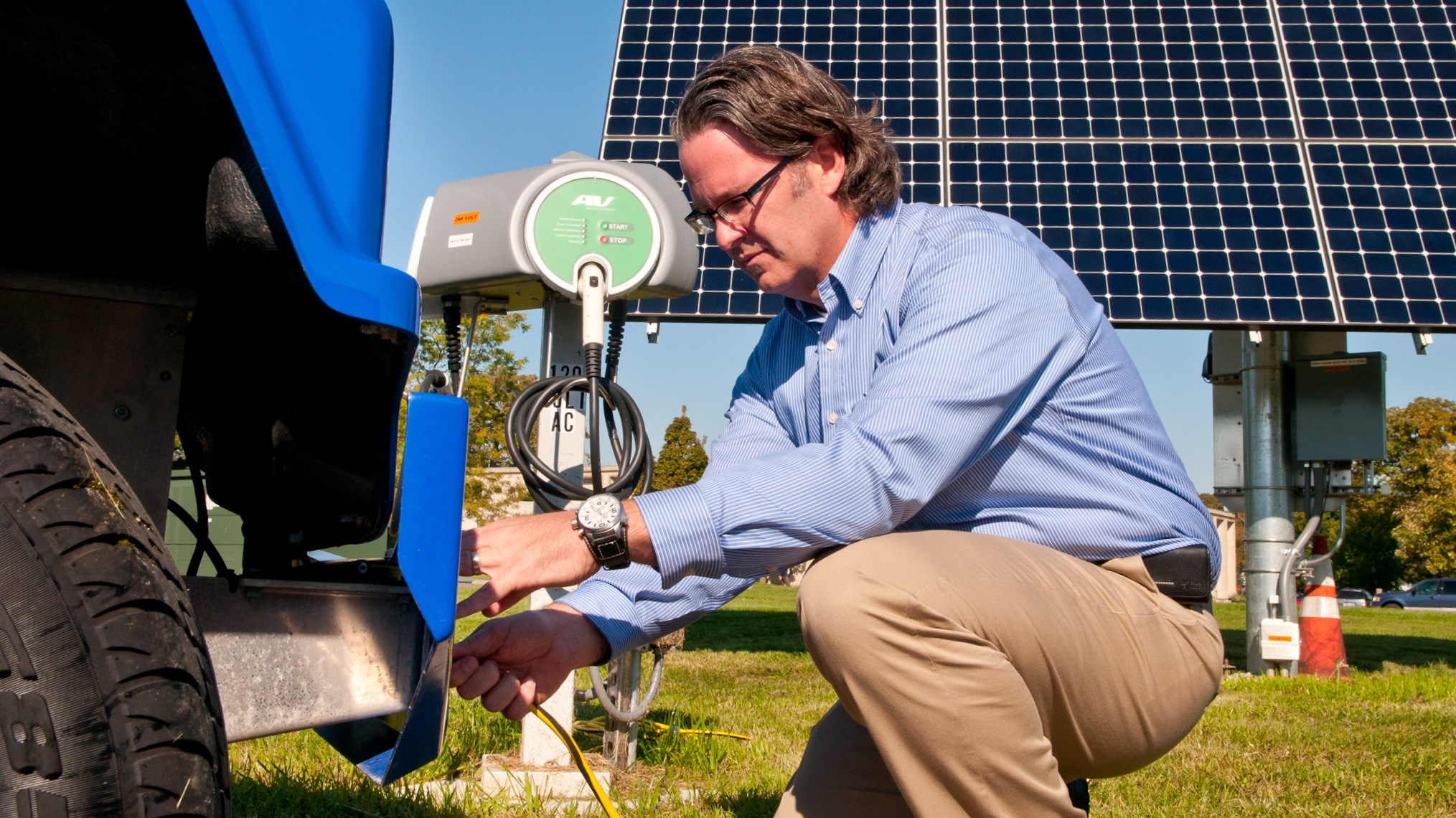From a history-making quartet of lightbulbs powered by nuclear energy to discoveries enabled by the one of brightest light sources in the Western Hemisphere to insights into the dark corners of the universe, 75 years of Argonne research have produced breakthroughs that have changed our society and made our lives safer, healthier and more prosperous. This article is part of a 75th anniversary series describing Argonne’s history of discovery, current science program and future research thrusts.
The defining challenge of this century will be to meet the energy needs of a global population expected to reach nearly 10 billion by 2050, while slashing the balance of planet-warming greenhouse gases entering the atmosphere to nearly zero.
In 1951, five years after it began its mission to advance atomic energy, the U.S. Department of Energy’s (DOE) Argonne National Laboratory helped launch a new energy era by producing the first usable electricity from atomic fission. A series of nuclear energy milestones followed, eventually joined by pivotal discoveries in other clean energy technologies, such as battery cathodes that helped launch the electric car boom.
Today, Argonne pursues an ambitious portfolio of research to support a 100% clean-energy economy, including work to modernize the U.S. electric grid, revolutionize batteries and reinvent transportation. Home to five DOE National User Facilities as well as one DOE Energy Frontier Research Center and the Joint Center for Energy Storage Research, Argonne convenes experts from across research institutions and industries to conceive tomorrow’s energy solutions, scale them up and deploy them across the United States and around the world.
Energy research at Argonne focuses on getting the most value from the resources we have while exploring new materials that push the boundaries of what is possible. In the 20th century, much innovation focused on honing the methods for extracting resources such as oil, gas and coal from the ground. Now, advances in imaging, computing and basic science are enabling the next wave of energy extraction, this time from carbon-free sources such as the sun, wind, water and heat from the earth’s subsurface, as well as nuclear. Through the development of novel technologies and methods for deriving the most benefit from these natural resources, Argonne will help the country meet the goal of a 100% clean energy economy with net-zero carbon emissions by 2050.
